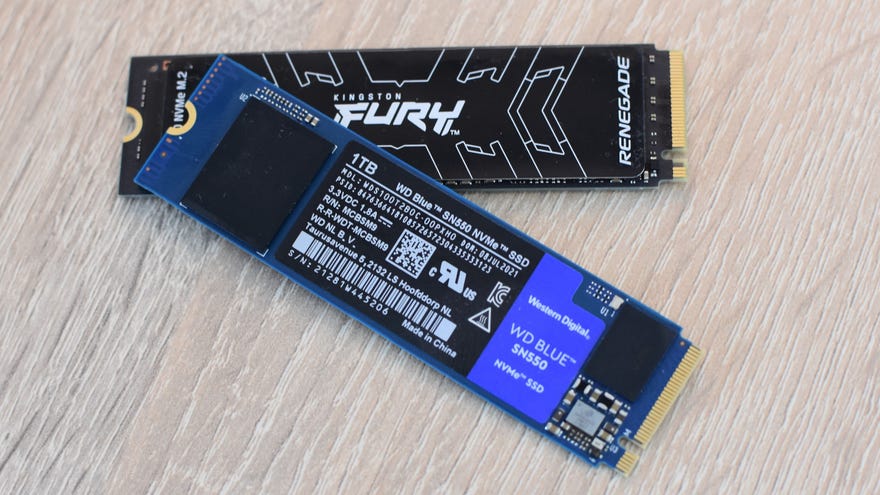DirectStorage API finally launches, faster SSD performance beckons
Loading times facing the chop
Remember DirectStorage? Back in the not-exactly-halycon days of 2020, Microsoft revealed that the storage API would make its way to PC, having showed how it could slash loading times to bits on the Xbox Series X and S. A year and a half later, it’s finally ready for Windows, as Microsoft have made the full DirectStorage API available to developers.
On our end, that means we just need to wait a blittle longer for games to get DirectStorage implemented, then it should be good to go on compatible hardware. You’ll need an SSD, but both PCIe 3.0 and PCIe 4.0 NVMe models are supported, so there’s no need to splurge on a high-end upgrade. Our guide to the best SSDs for gaming has some recommendations for all budgets. Likewise, it initially appeared that DirectStorage would be exclusive to Windows 11; as it turns out, Windows 10 will support it too, though Windows 11 includes some optimisations that supposedly make DirectStorage even faster.
It's all very promising, and hopefully we’ll start seeing games adopting DirectStorage in a matter of weeks rather than months. Though it might not have as strong an effect on PC as it does on the Xboxes, as the Windows version doesn’t yet include GPU decompression – that's merely “next on our roadmap”, according to Microsoft’s announcement post.
This feature is a big part of why the Series X/S SSDs seem so quick. On existing Windows APIs, data is moved from the SSD to the system RAM in compressed form, then copied to the CPU for a relatively lengthy decompression process. It’s then sent back to the RAM, and only then makes its way to the GPU. DirectStorage on the Xbox consoles hastens the procedure by cutting out the CPU entirely: instead the RAM copies the compressed data directly to the graphics memory, where it can be decompressed by the GPU itself at a much faster rate.
For the time being, DirectStorage on PC won’t be able to bypass that CPU bottleneck in the same way. But it still aims to give SSD performance a steel-toed shoe in the pants, both by reducing the processing overhead of input/output requests (so more can be completed in parallel) and by not forcing games to react to every single I/O completion (which further slows things down). Microsoft have also promised to continue tweaking and tuning DirectStorage based on user and developer feedback, so where loading times are concerned, the only way is down.












